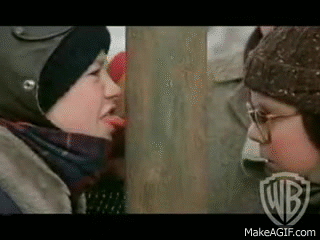Most every house or commercial building has some amount of air infiltration. In the winter time, the cold outside air finds a way into some vulnerable areas. Even without air infiltration, you get the effects of thermal heat or cold transference. The heat energy escaping and cold energy entering the building. That process happens mostly in areas of your house that you get outside airflow or that are not insulated against the elements. The typical areas we see this are in the crawl space, attic, and garage. Most crawl spaces and attics have vents that allow the outside air to flow freely in and out of them. Some that are sealed up and don’t have vents, still get very cold since they may have little or no insulation and are not heated. Garages are also problem areas since they are typically not heated and the large roll up doors, although sometimes being insulated, do not usually have a very good seal and let in a lot of outside air.
There are many water pipes that run in and out of the attic areas, under the crawl space, above the garage, and in the walls of the garage and exterior walls. Even though the pipes may be insulated and run in the walls or ceiling, does not mean they are safe from freezing.

Even though water will freeze at 32 degrees, you won’t usually have an issue with your pipes freezing until the temperature outside is around the 20’s or lower. When this happens, you will have the potential of your pipes freezing. The temperature drops lower at night and that is when you are most prone to freezes, but temperatures during the day can get low enough to cause freezing as well. In most cases, if you have a frozen pipe, you won’t know about it until the temperature warms up enough for the pipe to thaw and then reveal itself. This creates a great potential for even more problems. If your pipes freeze at night, they may not thaw until the next afternoon when you are away at work and no one is around to catch the water from pouring into your house and damaging all your worldly belongings.
Prevent Pipes from Freezing & the Resulting Water Damage
- Shut off all your outside water faucets and disconnect the garden houses.
- Insulate! Wrap pipe insulation around the pipes you can see in your attic or under your home. Strap foam blocks around the outside water faucets around your house. Use heating elements wrapped around your pipes in areas especially prone to extreme cold.
- Make sure the temperature in your home is around 68 degrees or higher. The warm air inside your home will radiate into your walls, attic, crawlspace, and other areas of your home that may typically get too cold.
- Use space heaters in your garage or other areas that are not heated. (Do not leave heaters unattended)
- Let your pipes drip. Find the faucet that is the farthest point from where the water enters your house and turn it on just enough to keep the water flowing through the pipes. The water flow will help keep it from freezing in the line.
- Get some new home tech. With all the advancement of sensors and other technology, we have seen some great new items that help monitor and notify you in case of a water leak. Utilizing some of these things can help you be able to respond sooner to water leaks to keep the damage to a minimum, save you thousands of dollars and a lot of headache.
Call R4 Restoration as soon as you notice the problem. The longer you wait, the more the likelihood of pipes bursting and causing more costly damage to your home.
Give us a call at 404-428-1255 anytime day or night. We provide 24/7 emergency services.
